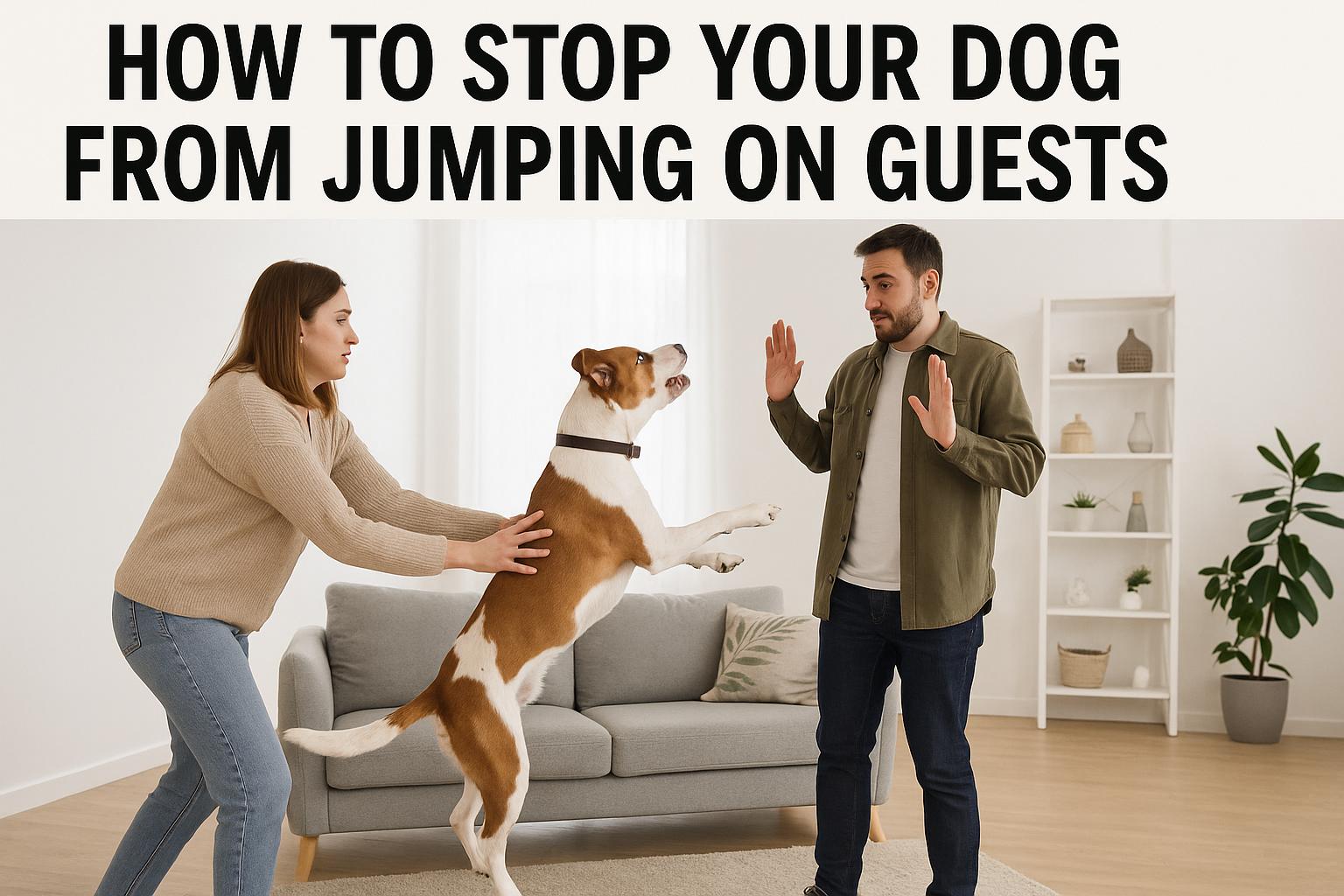
Dogs, with their expressive faces and bouncy enthusiasm, often greet guests with a jump. This behavior, typically driven by excitement, a longing to engage at eye level, or simply the desire for attention, is sometimes misunderstood. While it is generally friendly, this can be intimidating or uncomfortable for some guests. Understanding the root causes of such behavior is essential for implementing effective strategies to manage and modify it appropriately.
Jumping up is a natural canine behavior that traces back to their wilder ancestors. Wolves greet one another with face-to-face contact, and in domesticated dogs, this instinct remains. Dogs enjoy sniffing faces and making direct vocal interactions, essentially seeking a human equivalent to a canine hello. Thus, when meeting a person, they attempt to replicate this behavior, aiming for the face.
However, while these actions stem from benign intent, they do not mesh well with human social norms, particularly considering the potential size and strength of some dogs. Transforming this behavior requires a mix of understanding, patience, and consistent response from everyone involved in the dog’s life.
Central to modifying a dog’s behavior is consistency. Inconsistencies, such as rewarding a dog with attention sometimes while disregarding it at other times, can inadvertently reinforce unwanted behaviors. Therefore, it is imperative that all family members and frequent visitors actively participate in the dog’s training regimen.
Using a uniform approach helps the dog understand expected behaviors. When everyone responds the same way to jumping, there is a clear signal to the dog concerning its actions. This consistency needs to be maintained rigorously to successfully reduce and eventually eliminate the behavior.
Addressing jumping behavior requires employing specific training techniques tailored to both the dog’s and the owner’s needs.
Positive Reinforcement: This is a popular method in dog training, emphasizing rewarding the dog for good behavior. For example, when a dog remains calm and doesn’t jump as guests arrive, rewarding it with a treat or verbal praise can reinforce this behavior, making it more likely the dog will repeat it in the future.
Command Training: Teaching commands like “sit” or “stay” can be invaluable. These commands redirect the dog’s energy and focus. Upon a guest’s arrival, issuing a command can steer the dog towards a more acceptable form of greeting.
Ignore the Behavior: It’s beneficial if guests understand and partake in training. Instructing guests to turn away and not provide attention if the dog jumps helps teach the dog that such actions will not yield the social interaction they seek. When the dog eventually has all paws on the ground, guests can then engage, promoting positive behavior.
Certain tools and resources may facilitate training your dog against jumping:
– Leads and Harnesses: Leads offer control, helping manage the dog’s movements during situations where guests may arrive unexpectedly. A harness can be instrumental, providing security and restraint without discomfort.
– Barriers: Installing physical barriers, such as baby gates or closing doors, can prevent the dog from immediately accessing guests. This not only gives the dog a moment to calm down but also offers a controlled way to introduce it to visitors once calm.
For an extended approach or for more complex behaviors, consulting a professional dog trainer or enrolling in structured obedience classes could provide additional support. Furthermore, the ASPCA offers various resources and information enriched with practical advice, further assisting owners in their training journey.
An adequately socialized dog encounters numerous people and environments, gradually reducing its initial excitement when faced with new encounters. Socialization promotes familiarity with different stimuli, lessening the compulsion to jump enthusiastically during greetings.
In conjunction with socialization, an active dog is generally a well-behaved dog. Engaging your dog in regular exercise, such as walks, play, or agility training, expounds excess energy, leading to a calmer demeanor overall. A well-exercised dog is less likely to exhibit behaviors such as jumping due to pent-up energy or excitement around people.
Training your dog not to jump is a journey, not an overnight transformation. Setting realistic expectations is vital; dogs learn at their own pace, and perseverance is a necessity. Celebrate progress, no matter how small, since even minor advancements show that your efforts are yielding results. Patience, complemented with consistent training efforts, ultimately crafts a well-mannered dog.
By understanding why dogs jump and employing strategic training methods, you can decrease and eventually eliminate the behavior. This leads to a harmonious atmosphere where both pets and guests coexist peacefully. Consistent reinforcement and seamless collaboration among everyone in contact with the dog are crucial in achieving this objective, paving the way for an improved relationship between humans and their canine companions.